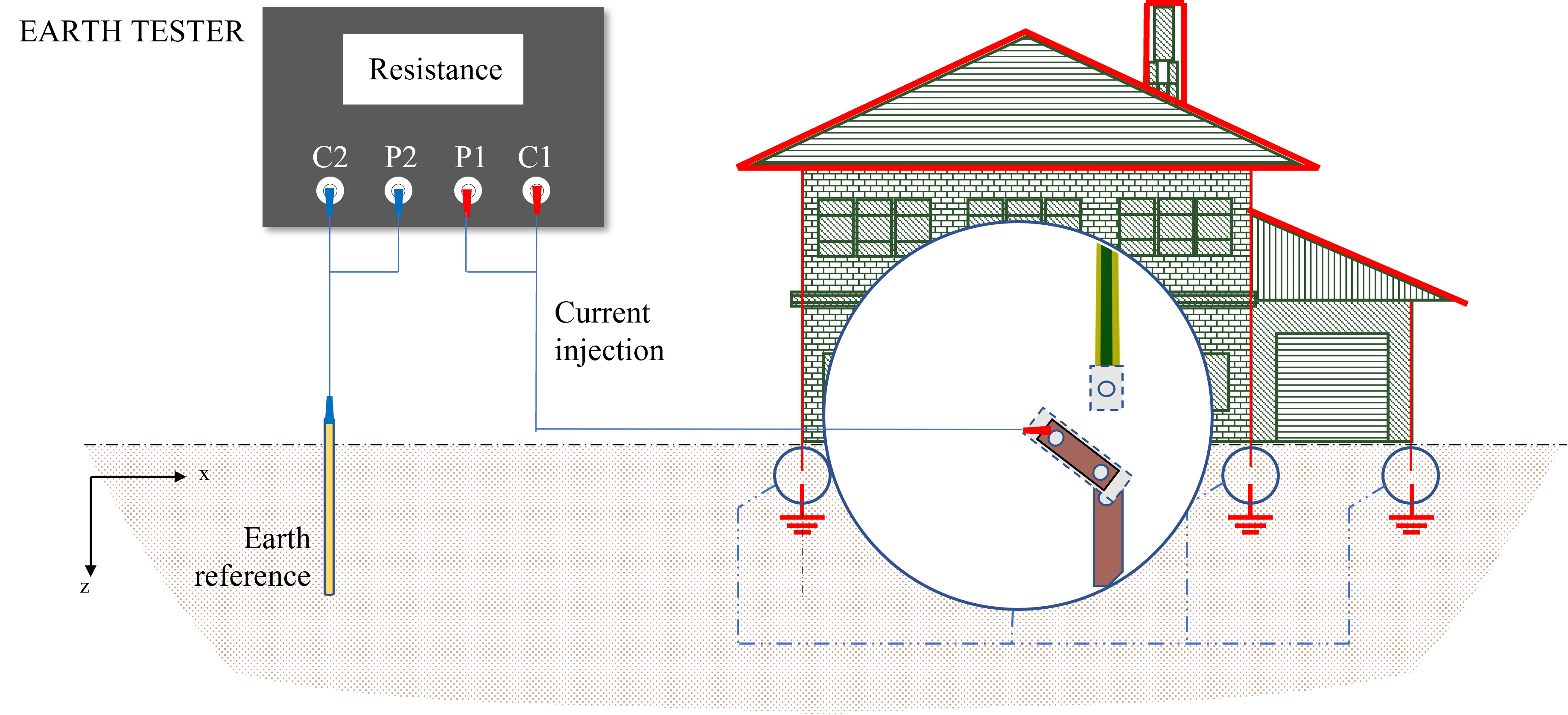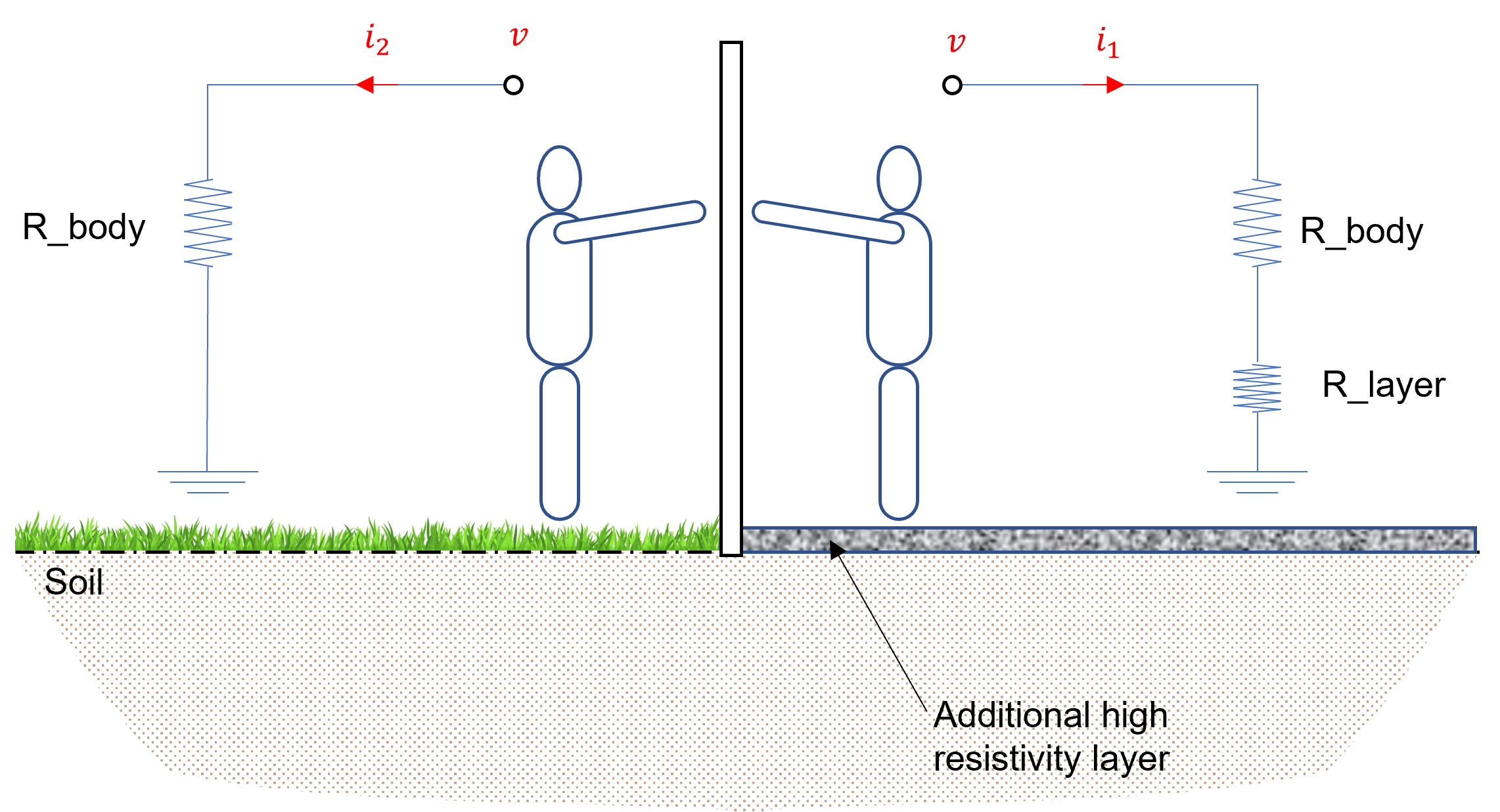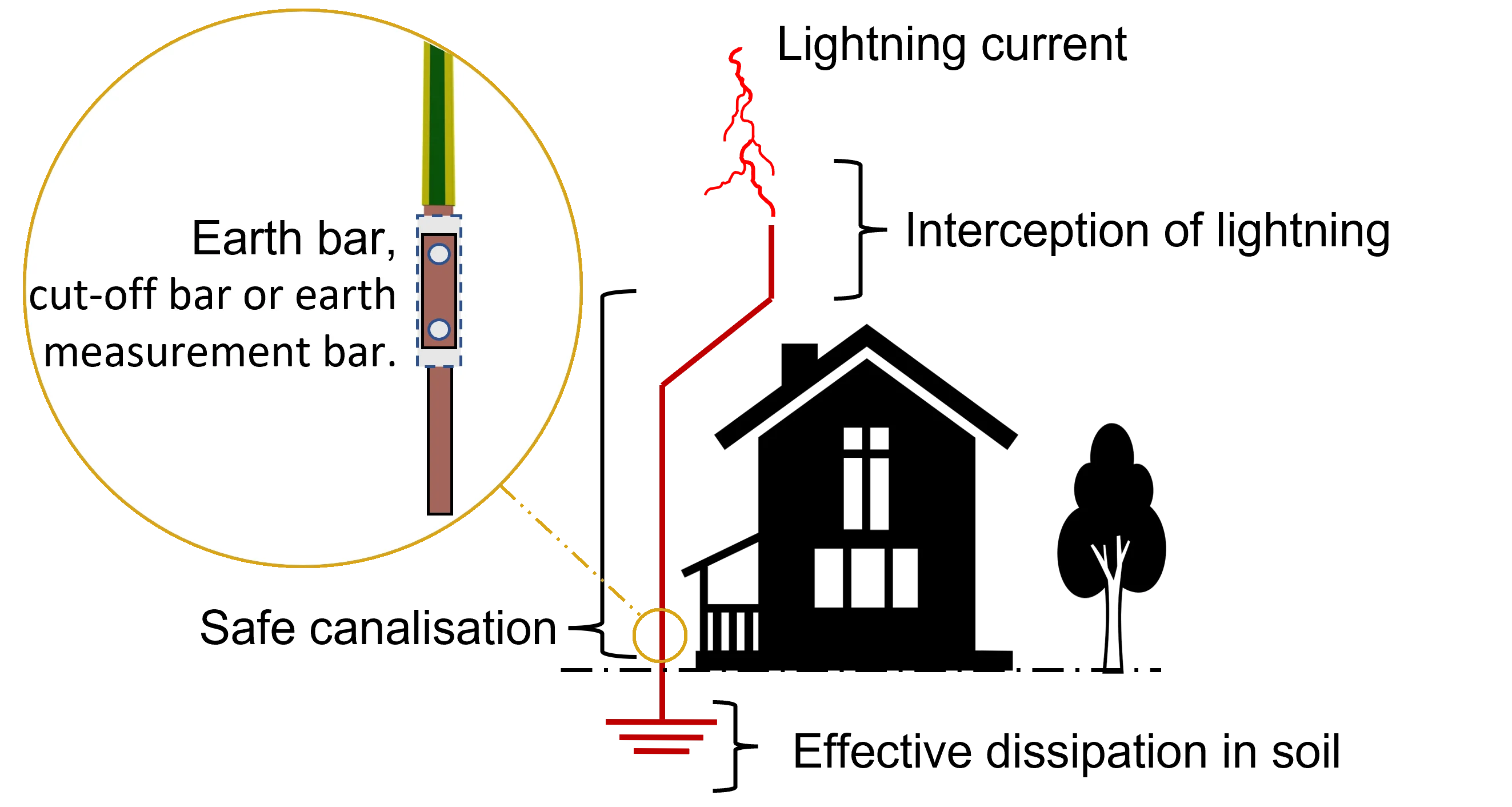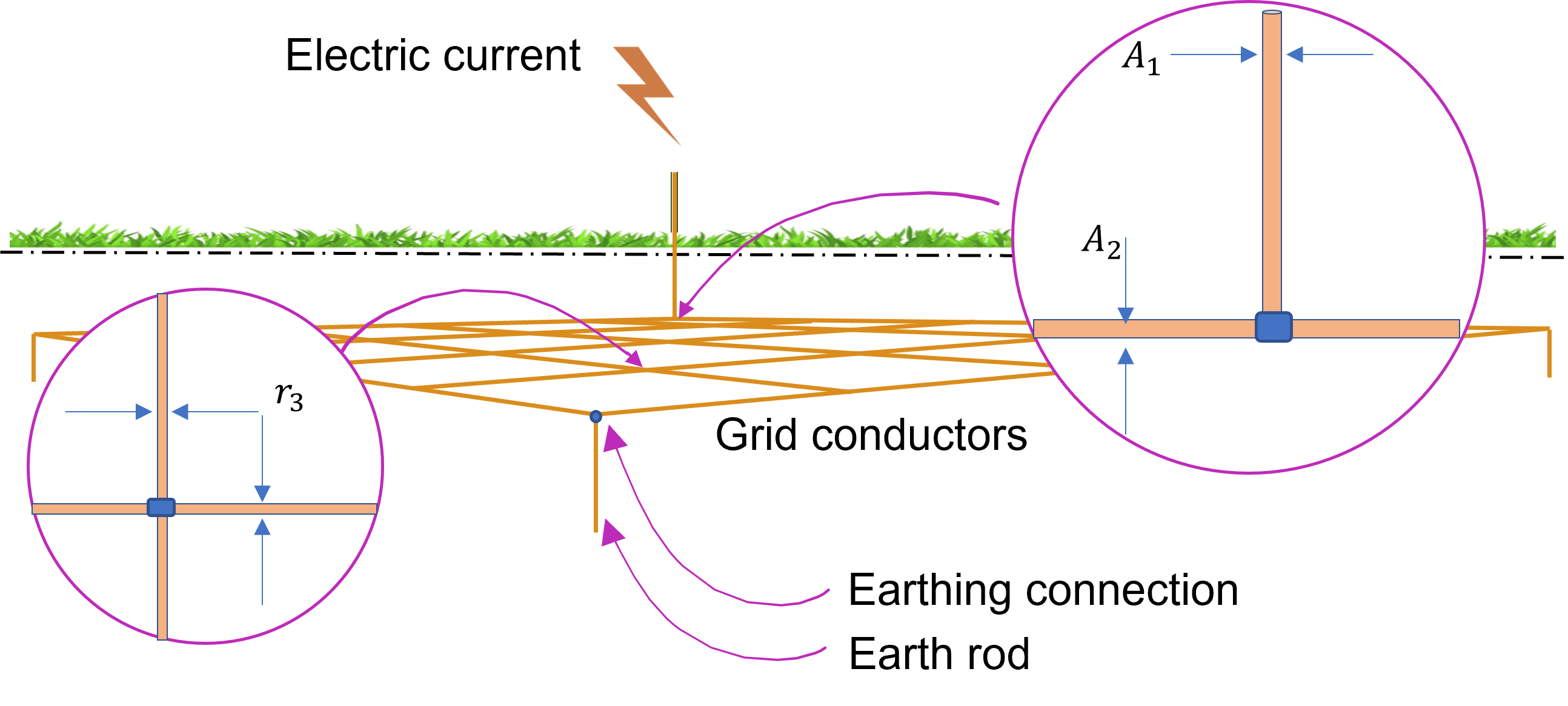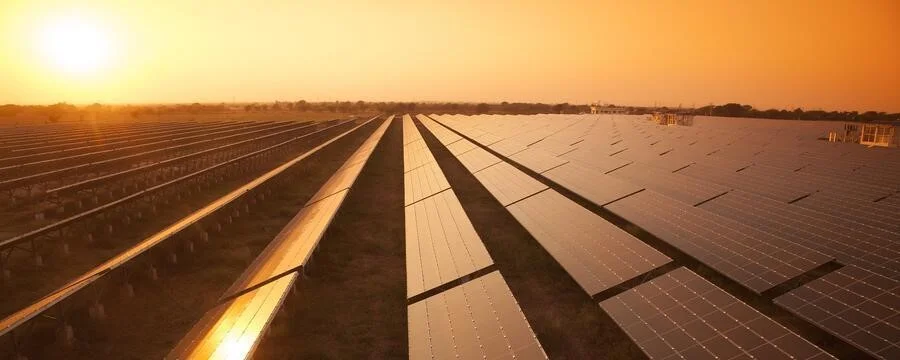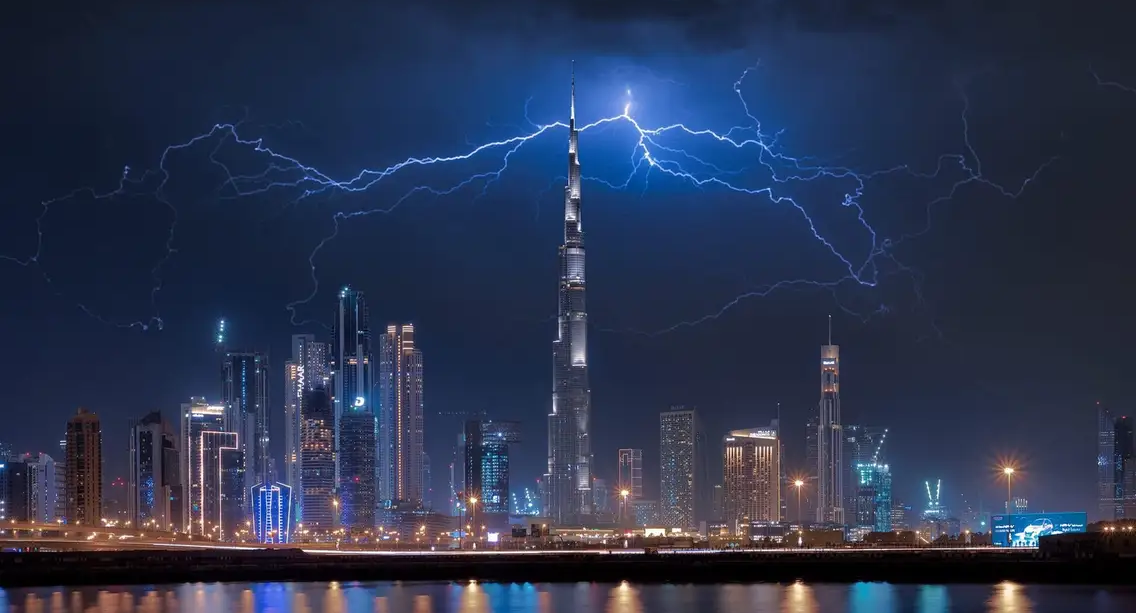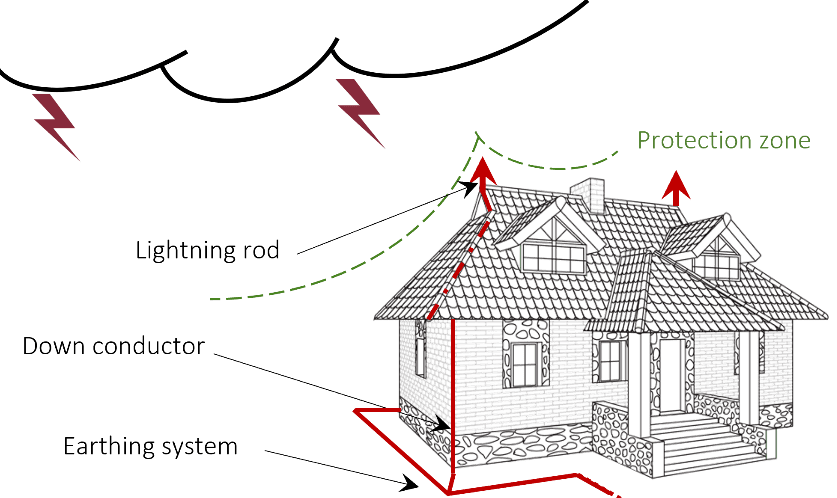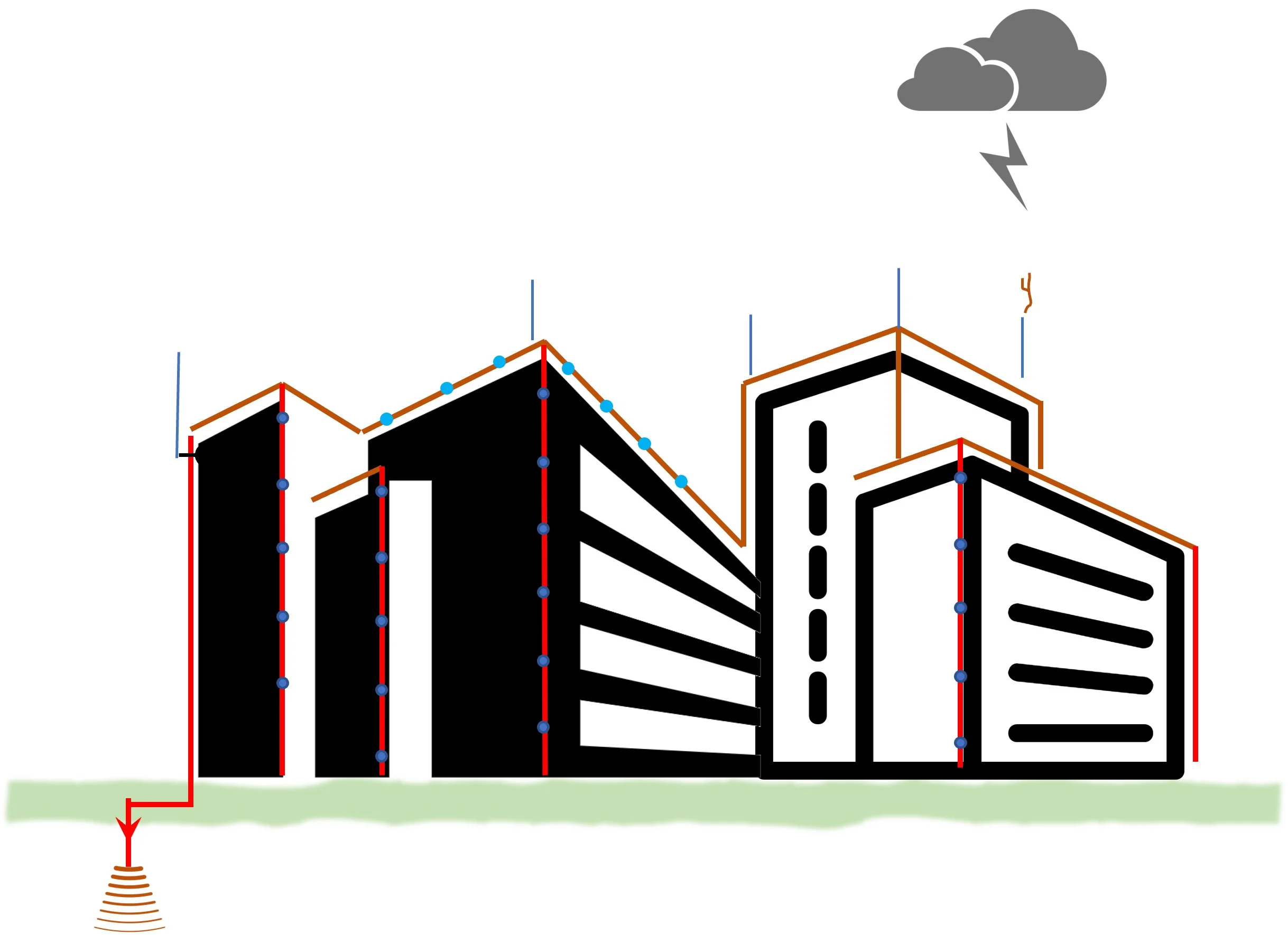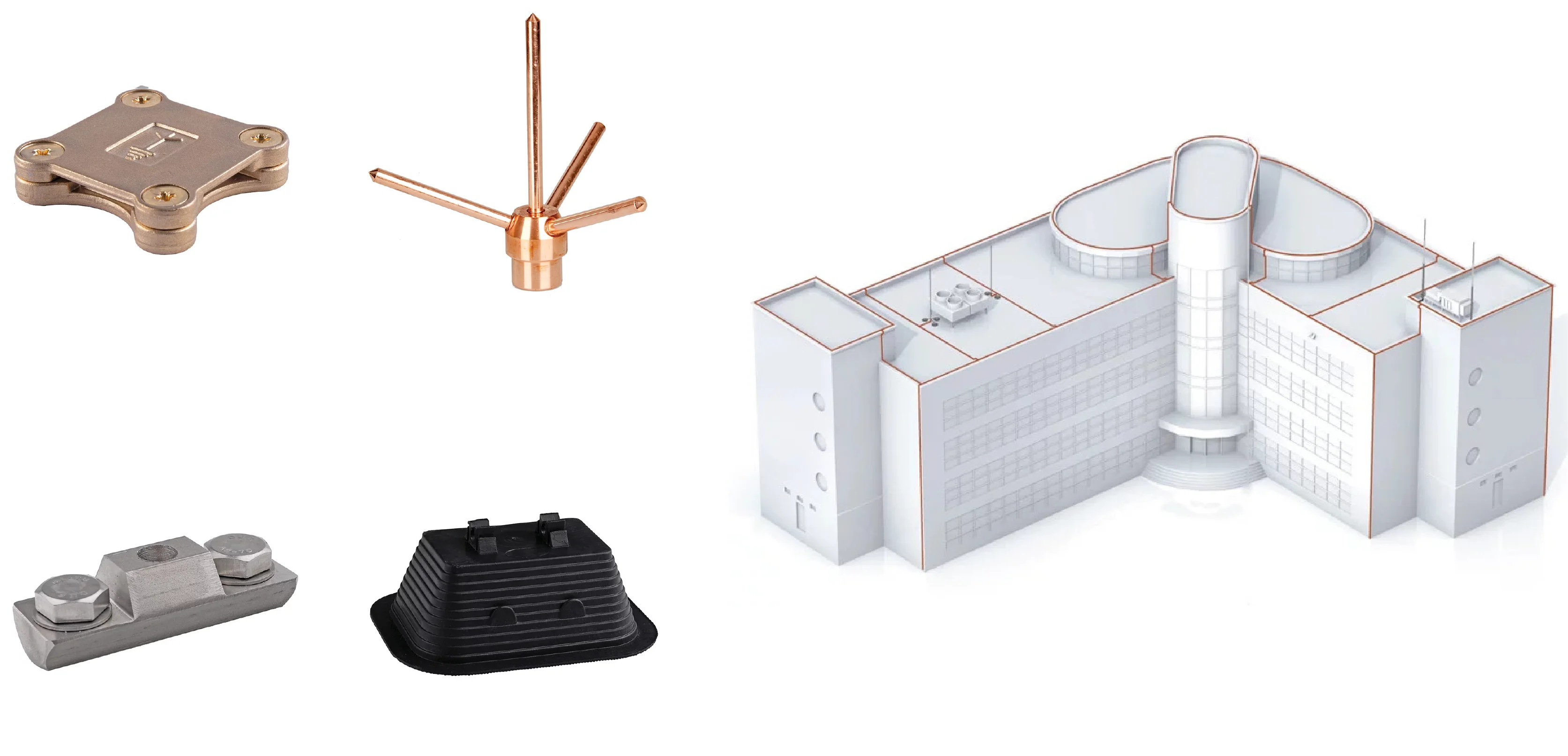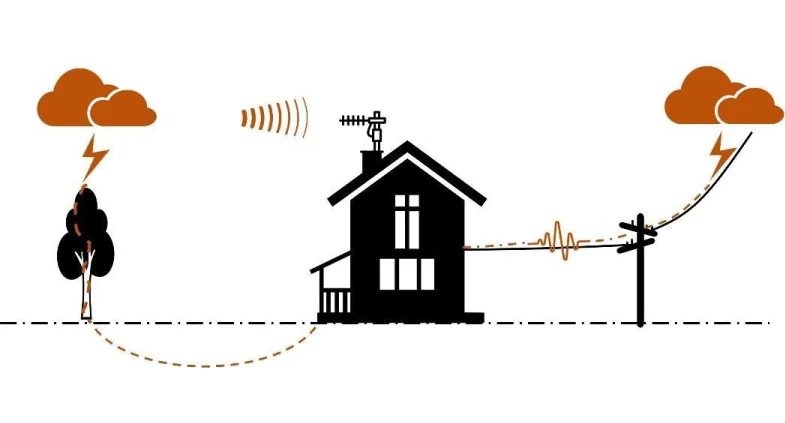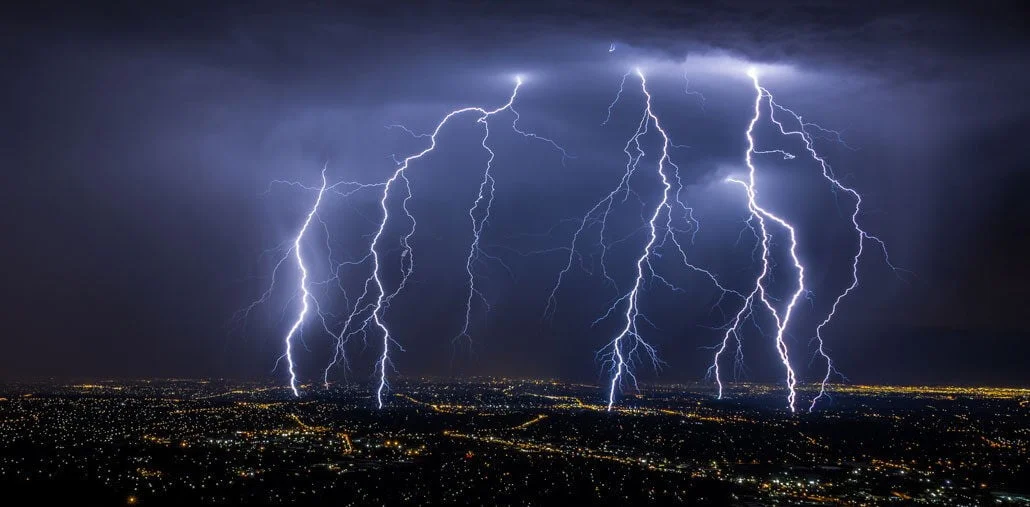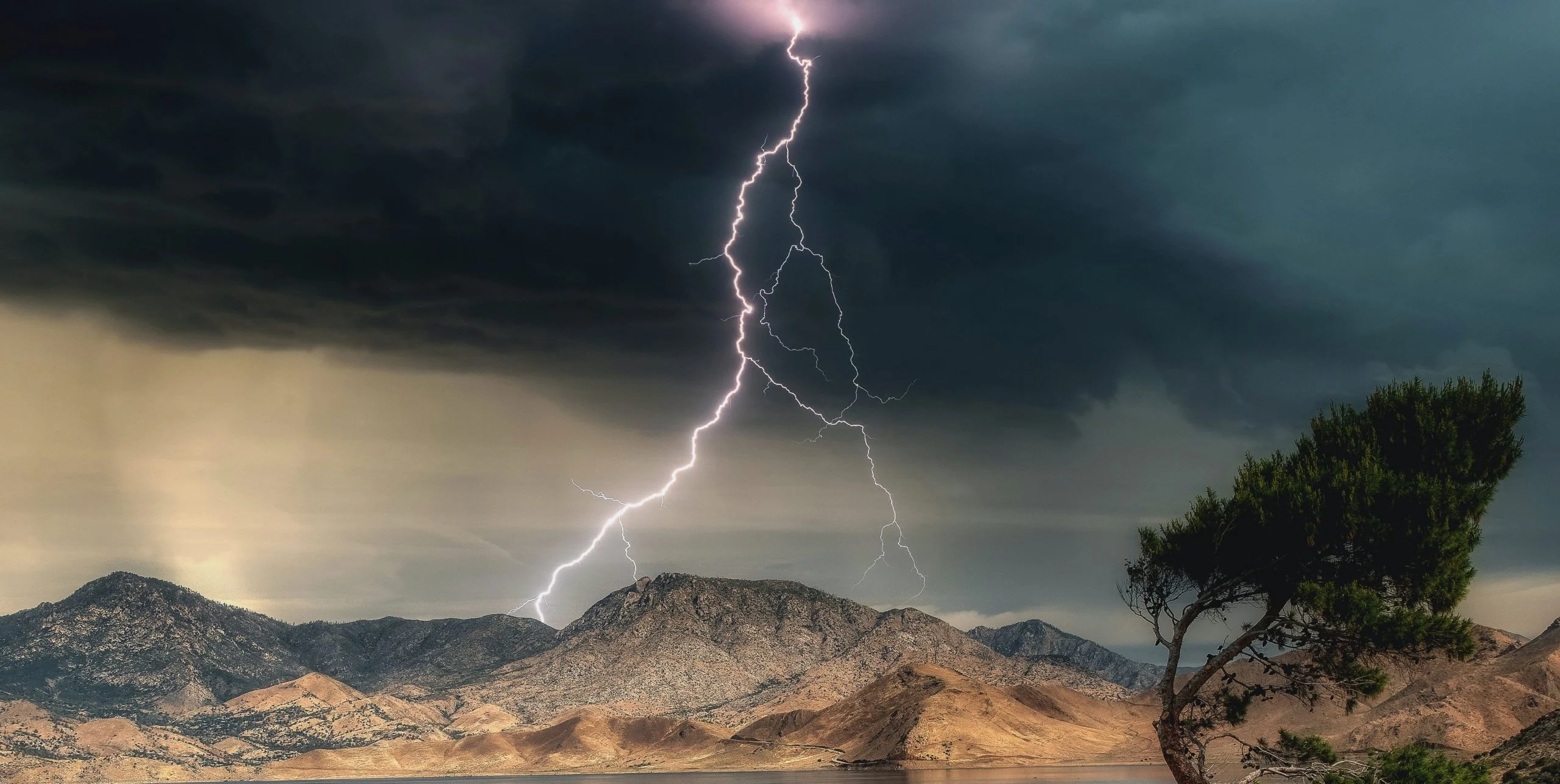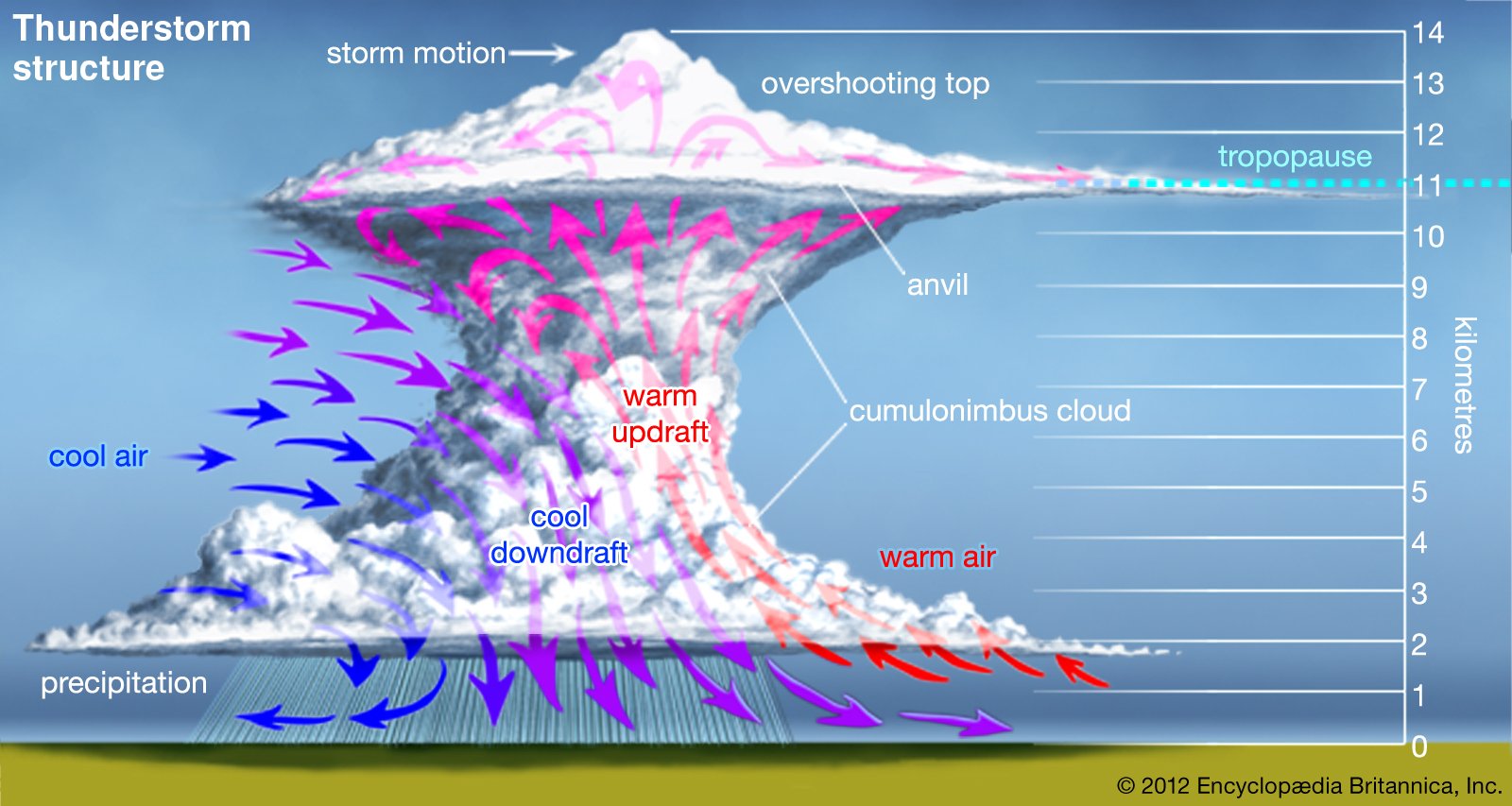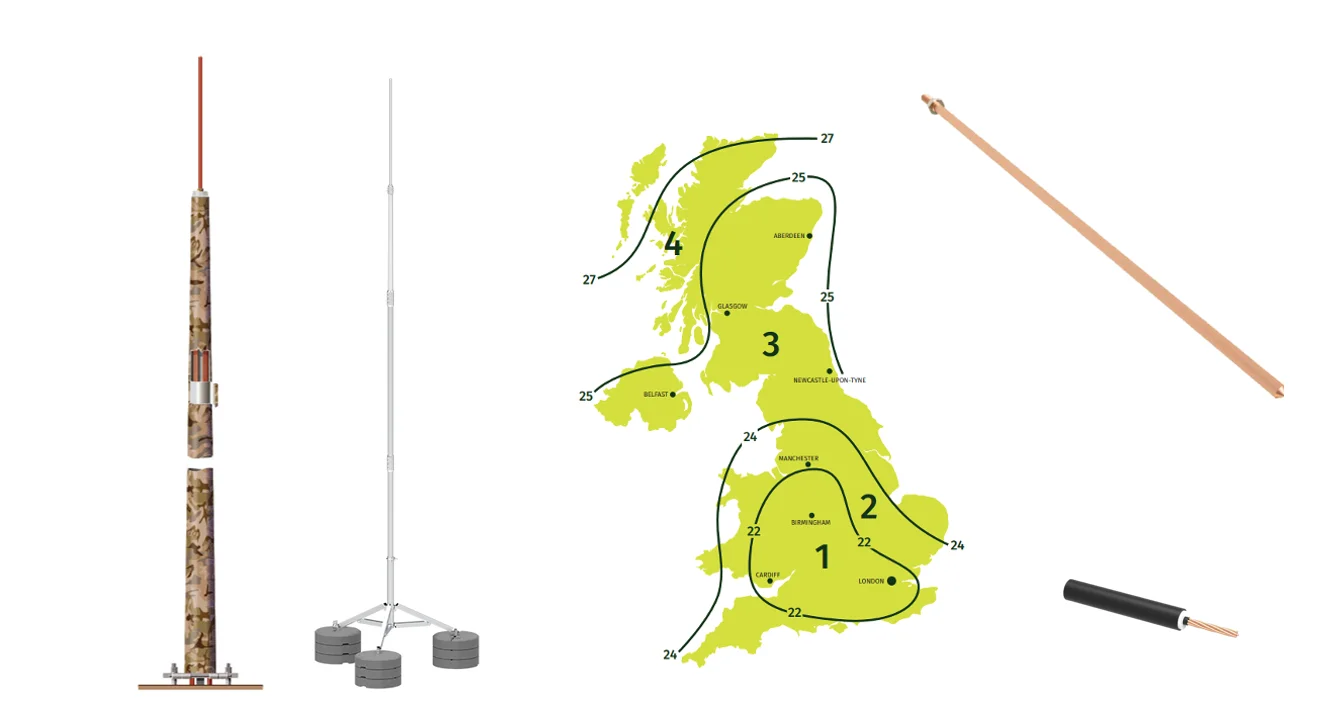Down to Earth
A Kingsmill Industries Blog
Earth Bar Fundamentals
Electrical power systems are responsible for delivering electricity from generators to the end-consumer. Protection of these systems is necessary to ensure safety of personnel, to protect expensive assets and to ensure continuity of supply.
Earthing System Design in AC Substations: IEEE STD 80 Requirements
Within electrical substations, a distance should be maintained between any energised conductor and any other part of the substation, including the earth.
The Importance of an Earth Bar in the Earthing System
Numerous standards and regulations have been proposed in order to guarantee the safety of people and the installation of electrical appliances. In fact, electrical shock, known as electrocution, is at the top of the list of domestic accidents.
Requirements for a Safe Earthing System in AC Substations
Under fault events, current flows through the earthing system causing an earth potential rise (EPR), also known as ground potential rise (GPR), and results in a non-uniform distribution of the potential on the earth surface.
The Importance of Surge Protection for Solar Systems
Solar power is becoming the go-to option for people across the world to meet their energy needs. Why? Today, the primary objective when it comes to generating power is sustainability.
AC Substations and Earthing System Fundamentals
Energy consumption needs are expanding rapidly around the globe in the recent decades. Indeed, there are many reasons behind this enthusiasm such as the increase in population as well as the rise in commercial and industrial activities.
Why Lightning Protection Demands Will Increase in the GCC
Lightning consists of an electric discharge in a long air-gap involving an electrostatic phenomenon of breakdown of the air between cloud and earth. In this case, it is clear that an enormous voltage is involved, which means a huge amount of energy.
Earthing Resistance and Some Influencing Factors
Human-beings, animals and structures are potentially exposed to several types of electric threat of different characteristics. The main are direct lightning strikes and the consequences resulting from the discharges.
Beyond Light – Meet the Lighting Columns of the Future
Lightning consists of an electric discharge in a long air-gap involving an electrostatic phenomenon of breakdown of the air between cloud and earth. In this case, it is clear that an enormous voltage is involved, which means a huge amount of energy.
The Design of an External Lightning Protection System
An effective lightning protection system is mainly composed of two forms (i.e., internal and external) of protection systems, depending on their functionality. External lightning protection systems include different design methodologies to protect structures or buildings, as well as open areas and people from direct lightning strikes.
An Overview of the Key Elements of a Lightning Protection System
A lightning protection system encompasses a wide range of external and internal elements and components that work in tandem to achieve a singular purpose. From air termination to earthing and everything else in between, Kingsmill Industries is always ready to assist you in finding the best solution that fits your needs.
Lightning Protection Systems
For safety reasons, lightning protection systems must also react to any induced electrical potential such as that developed on the ground surface around the point of current injection. Therefore, the protection system may differ from one system to another according to multiple factors such as the system to be protected and transient source.
Global Warming’s Catastrophic Effects Set to Increase Lightning Storms
Global warming is spiralling out of control. Heatwaves and fires that occurred once every 50 years are happening every decade. Lightning storms now occur more regularly in the middle of summer and more chaotically in winter.
Characteristics of Lightning Discharges
Lightning is mostly a consequence of the development of a convective weather system to a certain magnitude, with strong links to the development of discharge processes within the system. An air volume can be uplifted in an unstable convective condition, taking part in the development of cumulonimbus.
The Understanding of Lightning Discharge Mechanisms
Every day, an average of around 8 million lightning strikes discharges over the earth, which is the equivalent of about 100 lightning bolts that strike the Earth’s surface every second. Lightning detection and monitoring are very important to improve public safety, warn of potential wildfires, and protect electrical systems.
How Do Air Terminals Work?
Air Terminals are the metaphorical tip of the iceberg in a lightning protection system. Despite being relatively small in appearance, air terminals protect buildings and residential areas during thunderstorms by acting as the interception point for lightning strikes.
Reduction of Earthing Resistance
A requirement is to ensure that buildings are provided with lightning and surge protection systems in accordance with national and international standards. There are a large number of ways in which lightning and surges can interact with electronic equipment
Lightning Protection and Safety
Lightning is one of the leading cause of death from natural disasters, behind only floods and earthquakes as the deadliest phenomena in the world.
Resistance and Impedance of Earthing Systems
Effective earthing system is essential to ensure the safety of people and reliable operation of the whole group of electrical installation.
Does Kingsmill Industries offer Lightning Protection Masts?
You will be happy to note that we at Kingsmill Industries have an enviable range of Lightning Masts, or as some people might know them, Lightning Interception Poles.

Down to Earth keeps you updated and explains all things related to Earthing and Lightning Protection. We care about keeping you and your structures safe, and to do so, we ask our top specialists to share some of their know-how regarding products and installations. We are always ready to get Down to Earth! We’ve got you covered! Make sure to subscribe to our newsletter to keep up with our latest articles and information about lightning protection.

